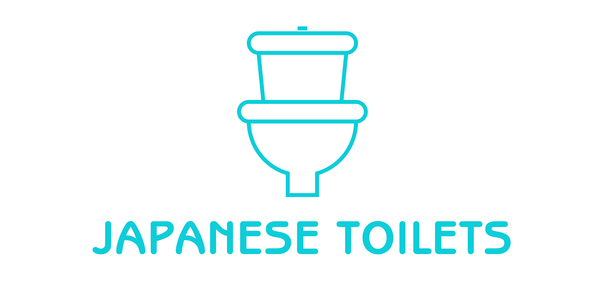Many people invest in properties in hopes to rent them or selling them at a higher price. Oftentimes the home is empty for months or years. That being said, they try to make sure that there is no foul smell from the toilet bowl. That is why most buyers are asked to ensure that a P-trap toilet bowl is installed since it is likely to stop gasses coming from the sewerage system for a longer period of time.
Older homes usually have S-trap toilet bowls and are more likely to have a foul smell if not used for a long time compared to P-trap toilet bowls. Here are some important facts about P-trap and S-trap toilet bowls for homeowners to know the pros and cons of each toilet trap and help them decide which trap type to use.
In toilets, the P-trap and S-trap refer to the shape and orientation of the trap that connects the toilet bowl to the waste pipe.
Knowing the difference between an S-trap and P-trap Toilet Bowl is essential whenever you are planning for an installation or replacement to avoid making mistakes when getting a new toilet bowl.
S-trap toilet bowls are very common and are usually installed in areas where the drainage is connected to the ground; they have been used for toilets for centuries but are prone to drying up, causing foul smells and vermins like rats and cockroaches to crawl up from it.
The P-trap however is a newer innovation that minimizes foul smells from the sewerage system because it is less likely to dry up, and is used in newer buildings. It is also less likely to be clogged unless something heavy is dropped in the toilet causing it to be trapped inside.
Conversions
Converting an S-trap toilet to a P-trap toilet typically involves replacing the existing S-trap with a P-trap, often requiring adjustments to the plumbing and potentially the wall. This is done to eliminate the risk of siphoning, which can draw water out of the trap and allow sewer gases into the bathroom. The process may involve extending the waste arm, adding a vent stack, or using an air admittance valve (AAV) to ensure proper drainage and ventilation.
You can simply get a conversion piece:
Burlington Ceramic Trap for Converting P-Trap Pans to S-Trap
Or you could re-route all the piping, either way anything is possible and P Trap have much more benefits than S Traps.
Legallity
S-trap toilets are illegal in many places due to their tendency to siphon out the water seal, allowing sewer gases to enter a building. This can lead to unpleasant odors and potentially dangerous health hazards. Modern plumbing codes universally recommend P-traps for their superior ability to maintain a water seal and prevent backflow of sewer gases.

